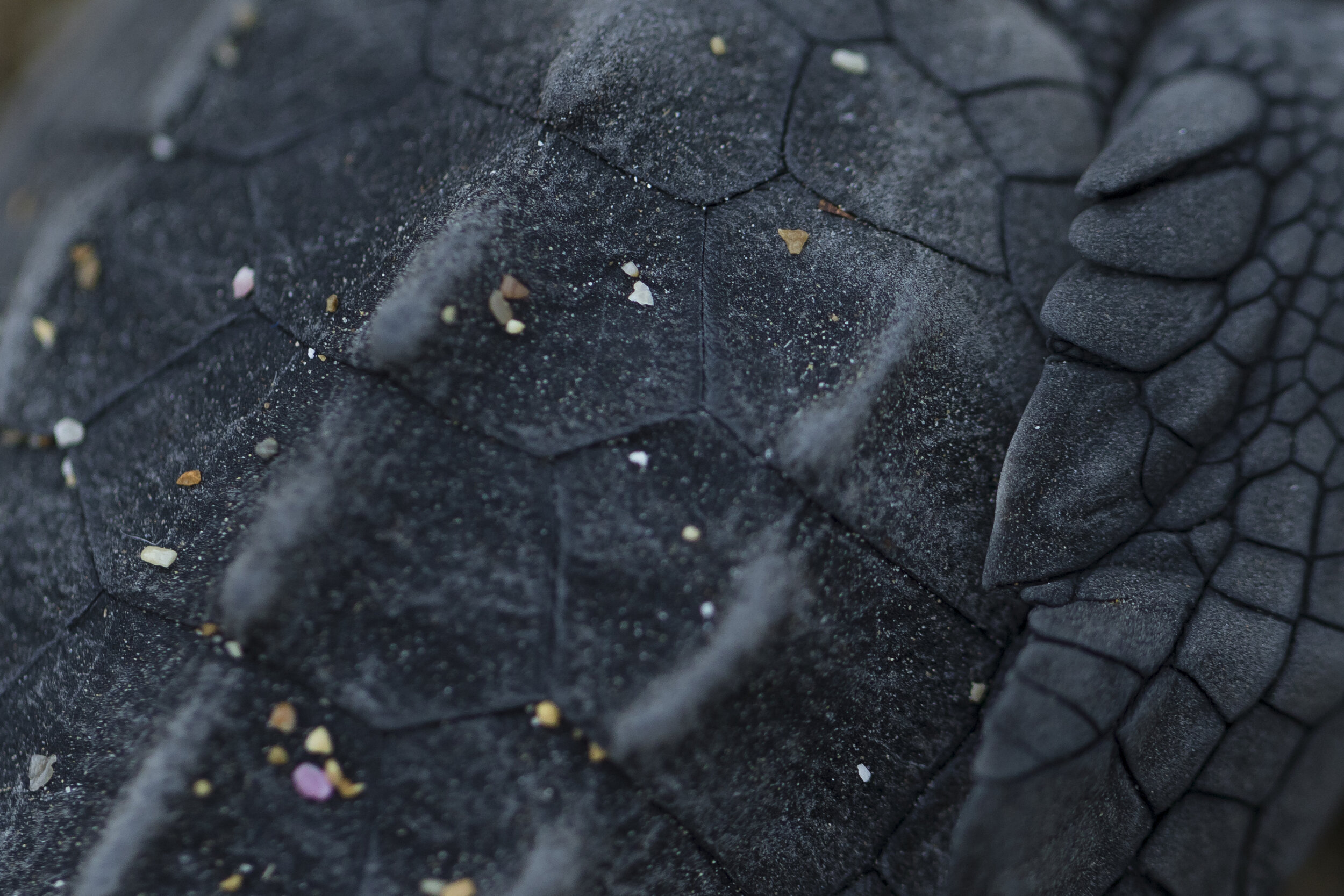
Wildlife
Beth Harper
British Moths: Moths are often an overlooked insect species, many people associate them with boring brown insects that only fly at night or ruin clothing. This couldn't be further from the truth! This project aims to highlight the moth species you can find in the UK, many of which can be caught in your own garden using a simple light trap.
Monika Pociute
Throughout history, Eurasian brown bears (Ursus a. arctos) have been common to a much larger territory in Europe than it is today. However, unregulated hunting, rapidly expanding agriculture and overexploitation drove the brown bear to become rare or extinct by the end of 19th - the start of 20th century in most of the European countries, including Germany, Switzerland and France. Luckily, in the 20th century, introduced brown bear preservation programs and management projects stabilised the declining numbers, and it is successfully increasing to this day.
Ellie Stones
The Pangolin Man is an ongoing, self-funded project. It tells the story of local Ugandan Moses Arineitwe; his fight to save the most trafficked mammal in the world, and to change the minds of the very people who hunt them through education and grassroots alternatives.
Sasha Stretton
Sky Hunters is an ongoing project focusing on the different species of dragonfly that can be found in the South of Spain. This project aims to highlight the importance of dragonflies within our ecosystem and celebrate the beauty that they each possess.
Erin Morris
This project explores the complex intra-troop relationships and behaviours of Barbary macaques in the Upper Rock Nature Reserve, Gibraltar. Working with primatologist, Brian Gomila, it tell stories of dependency, communality and a relatable humanity.
Beth Glaysher
For the Love of Bees is a project which visually documents the elements in ethical beekeeping. This photographic story follows the day to day life of an ethical beekeeper called Astrid Bowers-Veenman. It aims to give a unique perspective on beekeeping in the UK and inform people about the positive impacts that ethical beekeeping has. What started out as owning two Honeybee colonies, expanded into roughly 90 altogether. Her passion and fascination with bees drove her into becoming a full-time ethical beekeeper for over 10 years and a proud business owner. Astrid and her husband Stephen built a successful business called Hog's Back Bees and Bee Products. Astrid prides herself on keeping her bees in an ethical way, making their welfare a priority before making any profit. She is playing a tremendous part in environmental health and community support in the local area.
Alicia Demetriades
The Fox Project cares and restores the health of many foxes in and around Kent. The project is always busy and focuses solely on what is best for each individual fox that gets brought in. From mange (a skin disease that is often found in foxes) to toxoplasmosis (brain deterioration from cat faeces), every fox is treated with extreme care and love and the team try their hardest to get the foxes health back again so they can release them back into the wild. After calls received from the public explaining sightings of an injured or unhealthy looking fox, the project focuses on capturing the fox as soon as possible then bringing them back to the hospital to examine and access their injuries. After lots of care, many foxes are able to make a full recovery and be released back into the wild.
Jay Wong
Birds of prey play an incredible role in managing the population of their ecosystems and are therefore great indicators of their environment’s qualitative status. The contrasting colours and textures of their eyes and feathers are fascinating. These are showcased by photographing them in a studio environment with a consistent background. The royal blue background was a stylistic choice to compliment the warmth in their eyes and plumages. The images have similar characteristics to the portraits of military veterans as if to praise and thank them for their services. Unfortunately, the main threat to these species is habitat loss due to the timbering and agriculture industry caused by humans.
Dalia Dragyiska
“I have found my true passion in macro photography and capturing the small objects around us. It brings me true joy to create these images and I always put my whole heart into what I create. I hope to continue capturing the small and almost invisible objects and make them visible and enjoyable for everyone.”




































